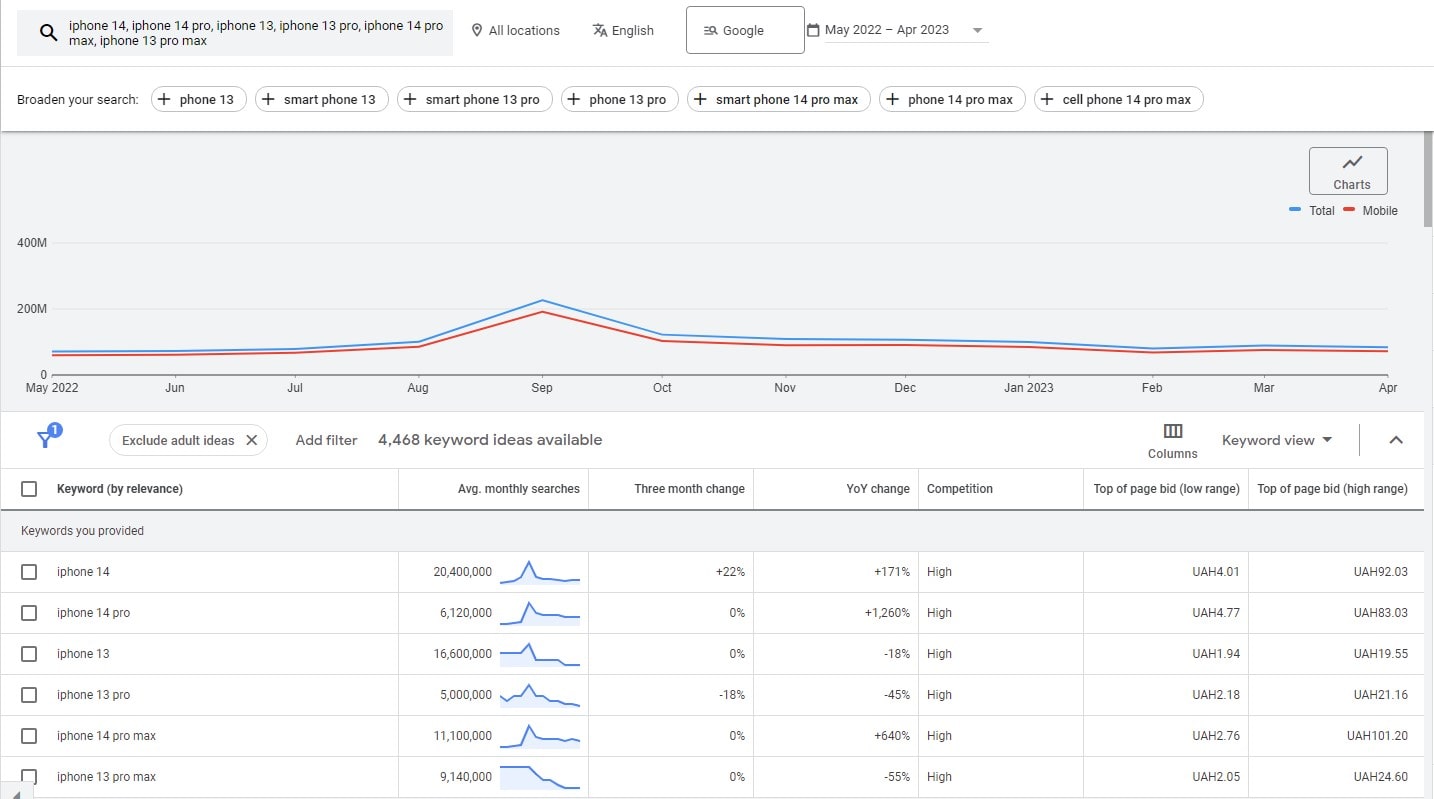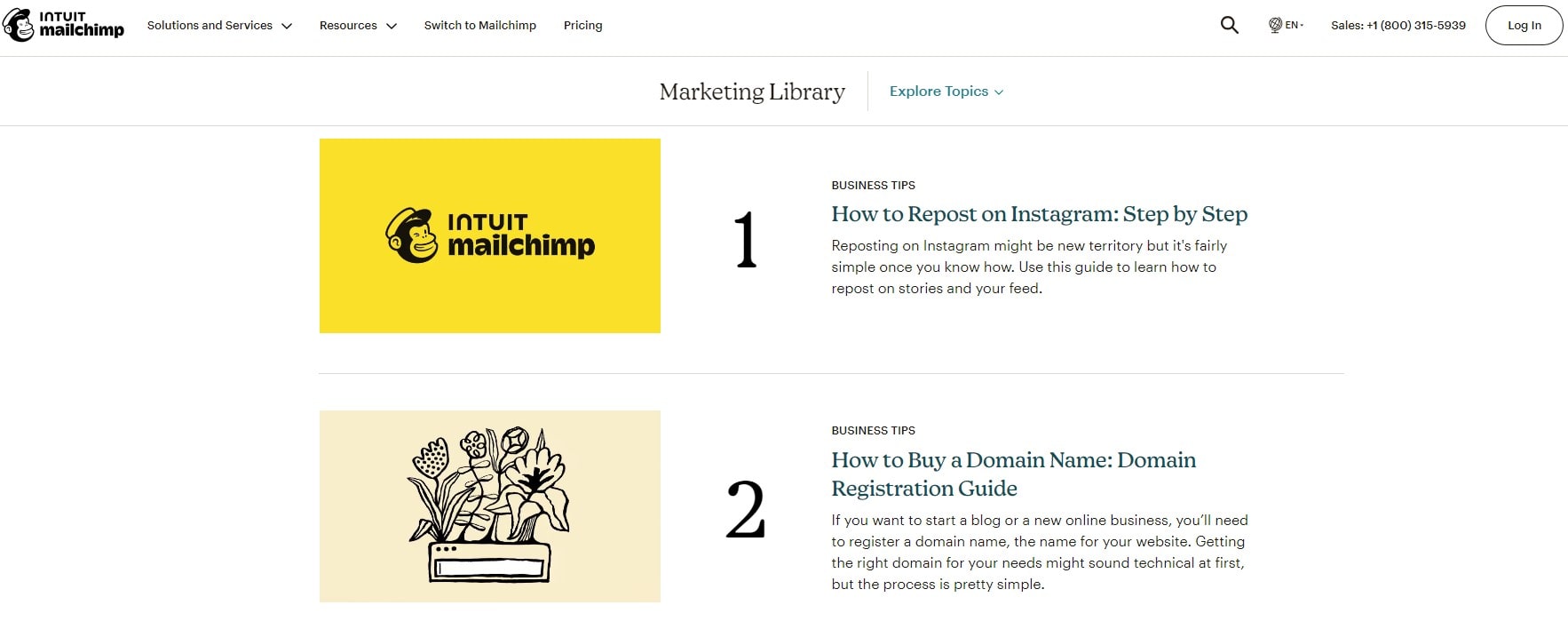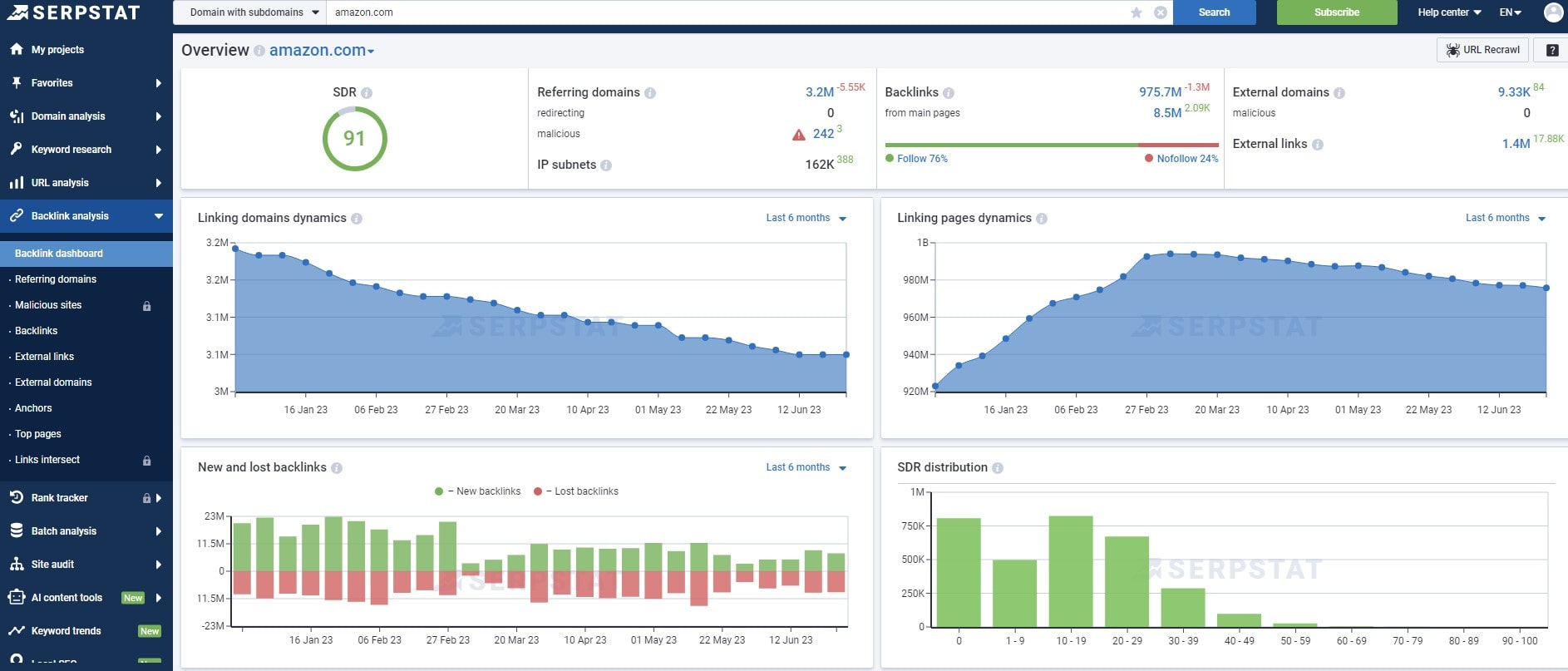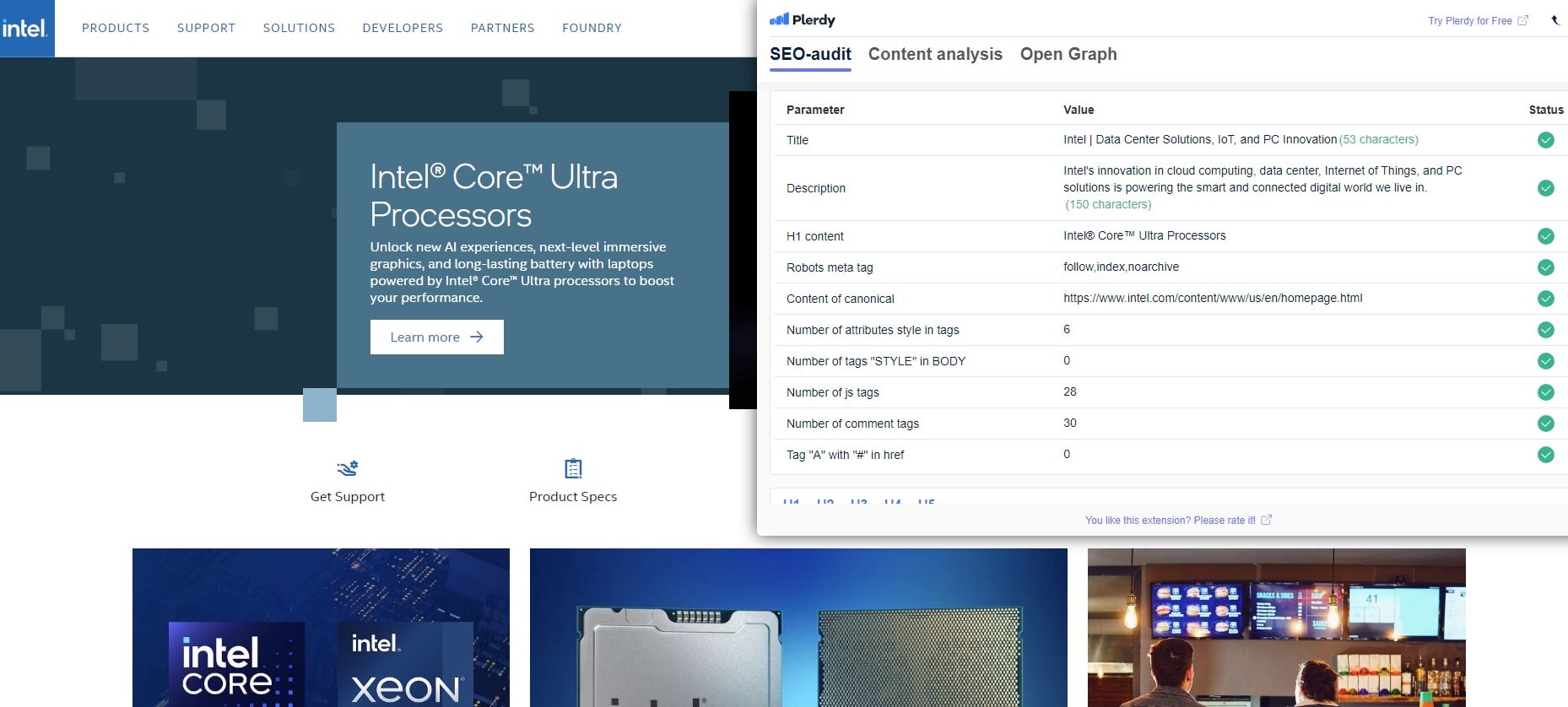Imagine sailing through a vast ocean where every wave is a unique business opportunity. B2B SEO strategy basics are outlined in this article. You’ll uncover tactics not only to reach but also to resonate with your desired audience. Why is this crucial? In the sea of digital marketing, the right strategy ensures you don’t just float but sail ahead. repare to modify your online strategy, and remember that Plerdy may help you improve your navigation with deep insights.

Understanding B2B SEO
Navigating the intricacies of B2B SEO requires a blend of technical know-how and creative marketing strategies. Unlike its B2C counterpart, B2B SEO zeroes in on the needs of specific business audiences, tailoring content and keywords to cater to a more niche, industry-focused crowd. SEO becomes more important because it’s about reaching the correct audience, not just a large one.
In the B2B sector, decision-makers seek out specific, expert-level content. This calls for a keen understanding of SEO practices that resonate with professionals. By weaving SEO into the fabric of detailed, industry-relevant content, businesses can establish a strong online footprint in their respective fields.
Consider the following aspects:
- In-depth Industry Analysis: Delve deep into market trends and tailor SEO strategies accordingly.
- Targeted Keyword Integration: Select keywords that mirror the jargon and pain points of your B2B audience.
- Thought Leadership: Establish authority by producing well-researched, insightful content optimized for SEO.
For instance, in the tech industry, a B2B SEO approach might focus on highly specialized terms like “enterprise-grade cybersecurity solutions” or “scalable cloud storage for businesses.” This starkly contrasts to broader, more general keywords often used in B2C SEO.
Ultimately, mastering B2B SEO hinges on a balance – blending sophisticated SEO tactics with a deep understanding of your business clientele. It’s about connecting with a professional audience through content that’s not just found but valued for its relevance and expertise. This approach boosts visibility and cements a brand’s standing as a knowledgeable leader in its sector.
Differences Between B2B and B2C SEO

The distinction between B2B and B2C SEO strategies stands out in the digital marketing landscape. B2B SEO involves connecting with other businesses through a specialized approach, whereas B2C SEO targets the broader consumer base with a more general tactic.
Key differences include:
- Audience Intent: B2B SEO focuses on content that addresses detailed business needs, solutions, and industry insights, catering to a professional audience. In contrast, B2C SEO targets broader consumer interests, often emphasizing quick solutions, benefits, and emotional appeal.
- Keyword Strategy: In B2B SEO, keyword selection leans towards industry-specific jargon and professional terminology. B2C SEO, on the other hand, often employs more common and widely-searched terms.
- Buying Cycle Length: B2B decision-making processes are typically longer, requiring content that supports a prolonged research phase. B2C SEO aims at quicker conversions, aligning with shorter consumer decision cycles.
- Content Complexity: B2B SEO content is usually more in-depth, catering to a knowledgeable audience, while B2C content is often more straightforward and easily digestible.
For example, in the software industry, B2B SEO might target “enterprise-level CRM solutions,” while B2C SEO would focus on “user-friendly CRM apps.” These nuances in approach underscore the unique challenges and opportunities inherent in each SEO style. B2B and B2C marketers must understand and respond to these distinctions to maximize online visibility and engagement.
Setting Your SEO Goals
Crafting SEO goals in the B2B landscape is akin to navigating a complex maze – it demands precision, clarity, and a strategic mindset. The initial step in this journey involves a deep dive into understanding what your business seeks to achieve through SEO. This is not just about improving rankings or driving traffic; it’s about aligning SEO efforts with your business objectives.
Consider these critical elements:
- Defining Target Audience: Pinpoint who your B2B SEO efforts are aimed at. Is it industry leaders, decision-makers, or specific professional groups?
- Aligning with Business Objectives: Tailor your SEO goals to support broader business targets, whether brand awareness, lead generation, or market expansion.
- Setting Measurable KPIs: Establish key performance indicators that reflect the success of your SEO strategy in tangible terms.
For instance, a B2B company specializing in SaaS products might set SEO goals around increasing organic traffic to product pages, enhancing sign-ups for demos, or boosting downloads of whitepapers. These objectives should be specific, measurable, achievable, relevant, and time-bound (SMART). By setting clear, focused goals, B2B businesses can steer their SEO strategies toward meaningful outcomes, ensuring that every effort contributes to the larger picture of business growth and success.
Keyword Research for B2B

Embarking on keyword research for B2B SEO is like piecing together a complex puzzle – each term must fit perfectly within your strategy to reveal the bigger picture of online success. In the B2B sphere, this involves delving beyond surface-level keywords to uncover terms that resonate deeply with a professional audience.
Here’s what to focus on:
- Industry-Specific Terminology: Identify keywords that reflect the specialized language of your target industry.
- Long-Tail Keywords: Emphasize longer, more specific phrases that capture the intent of a professional audience seeking detailed information.
- Competitor Analysis: Analyze competitors’ keyword strategies to find gaps and opportunities in your SEO plan.
For example, a B2B company in the renewable energy sector might target terms like “commercial solar energy solutions” or “industrial wind power systems,” which are more nuanced and targeted than broader consumer-focused terms.
In addition to these tactics, leveraging tools like Google Keyword Planner, Ahrefs or SEMrush can provide invaluable insights into search volume, competition levels, and keyword relevance. This approach ensures that your B2B SEO strategy is not just about incorporating keywords but embedding the right keywords to drive relevant traffic, foster engagement, and convert leads into customers.
Ultimately, effective keyword research in the B2B domain hinges on understanding and anticipating your business audience’s specific needs and search behaviors. By doing so, you can craft an SEO strategy that ranks well, resonates with, and effectively reaches your desired B2B clientele.
Optimizing Website Structure
Optimizing a website’s structure for B2B SEO is like constructing a well-designed building – every element should be strategically placed to ensure stability and functionality. A well-structured website enhances user experience and boosts SEO efficacy, particularly in the B2B domain, where clarity and ease of navigation are paramount.
Key components to focus on include:
- Logical Site Hierarchy: Organize content logically. This improves site navigation for search engines and users.
- Responsive Design: Ensure your site is mobile-friendly, catering to professionals who often browse on various devices.
- Internal Linking: Use internal links wisely to guide visitors through your site, enhancing user engagement and SEO.
For a B2B business, for instance, having a dedicated section for case studies or industry insights, easily accessible from the homepage, can significantly improve user experience and SEO performance. Integrating a blog with regularly updated, SEO-optimized content can keep visitors engaged and signal to search engines that your site is a current and relevant resource in your industry.
Remember, for B2B websites, the goal is not just attracting traffic but attracting the right kind of traffic – professionals and decision-makers interested in your services. By optimizing your website’s structure with a keen eye on SEO and user experience, you create a powerful digital platform that ranks well in search engines and effectively communicates your B2B brand’s value proposition.
Creating B2B Content

In B2B marketing, content creation is not just an art; it’s a strategic tool pivotal in weaving the narrative of a brand’s expertise and authority. Crafting B2B content goes beyond mere words on a page – it involves an intricate dance of informative, SEO-optimized material that resonates with a discerning professional audience.
Key ingredients for effective B2B content include:
- Industry Expertise: Showcase deep knowledge and insights pertinent to your specific sector.
- Solution-Oriented Approach: Focus on how your offerings solve industry-specific problems.
- Data-Driven Content: Utilize statistics and case studies to underscore your points and add credibility.
Consider a healthcare tech B2B company. Their content might feature detailed articles on the latest advancements in medical software, interspersed with case studies demonstrating how their solutions have revolutionized patient care. SEO plays a vital role in ensuring this valuable content reaches the right audience – healthcare professionals and decision-makers searching for cutting-edge technology solutions.
Moreover, incorporating various content formats – from in-depth blog posts and whitepapers to engaging infographics and videos – can cater to different preferences within your target audience, enhancing both engagement and SEO performance.
In the B2B world, content is about more than just attracting views. It’s about creating a compelling, informative journey that leads to trust, engagement, and business relationships. By merging SEO expertise with insightful, industry-specific content, B2B companies can carve out a niche for themselves as thought leaders and trusted sources of information, paving the way for sustained business growth and visibility in a competitive digital landscape.
On-Page SEO Techniques
Mastering on-page SEO techniques in the B2B realm is akin to fine-tuning a high-performance engine – every component must work harmoniously to drive the machine forward. B2B websites need to optimize webpage features to rank better and get more relevant search engine traffic.
Key on-page SEO techniques include:
- Optimizing Meta Tags: Craft title tags and meta descriptions that are SEO-friendly and compelling to B2B audiences.
- Strategic Keyword Placement: Integrate targeted keywords seamlessly into headers, content, and URLs.
- Enhancing User Experience: Ensure your website is easy to navigate and provides valuable information to B2B visitors.
- Mobile Responsiveness: Cater to the growing number of professionals who access content on the go.
For instance, a B2B company in the financial services sector might optimize its service pages with keywords like “corporate tax advisory services” or “B2B financial planning solutions.” This improves their SEO and ensures that they attract the right kind of professional audience.
Moreover, incorporating multimedia elements like videos or infographics can significantly improve user engagement while providing additional keyword optimization opportunities. This multifaceted approach to on-page SEO is essential in the B2B context, where decision-makers seek detailed, informative content that speaks directly to their business needs. By meticulously applying these on-page SEO techniques, B2B companies can enhance their online presence, making it easier for their ideal customers to find them in the vast digital landscape.
Off-Page SEO Strategies

Off-page SEO strategies are the winds that propel the ship of a B2B company’s online presence into broader, more lucrative waters. Unlike on-page SEO, off-page SEO in the B2B realm focuses on enhancing a website’s authority and reputation through external means, which is crucial for building trust and credibility in a competitive market.
Essential off-page SEO strategies include:
- Quality Backlink Building: Forge connections with reputable industry websites to gain authoritative backlinks.
- Social Media Engagement: Utilize platforms like LinkedIn to engage with a professional audience and drive traffic.
- Influencer Partnerships: Collaborate with industry influencers to expand reach and brand recognition.
- Guest Blogging: Contribute valuable content to respected industry blogs or websites.
A B2B supply chain solutions provider might write informative logistics and supply chain optimization articles. This content can be shared on platforms like LinkedIn or industry-specific forums, encouraging discussions and sharing, thus increasing the company’s visibility and authority.
In addition, participating in webinars or podcasts and engaging in community discussions related to their field can further reinforce their expertise and influence. These off-page SEO efforts boost the company’s search engine ranking and B2B thought leadership.
In summary, off-page SEO for B2B involves a strategic mix of relationship-building, content sharing, and community engagement to boost the brand’s online authority and attract the right business clientele. By successfully implementing these strategies, B2B companies can effectively extend their digital footprint beyond their website, capturing the attention of potential clients and partners in the expansive digital ecosystem.
Local SEO for B2B
Local SEO for B2B is a strategic ace up the sleeve, often overlooked yet crucial for businesses aiming to establish a stronghold in specific geographic markets. In a digital world where global reach is often emphasized, local SEO ensures that B2B companies remain visible and relevant to their immediate business communities.
Key components of local SEO for B2B include:
- Google My Business Optimization: Keep your listing updated to improve visibility in local searches.
- Local Keyword Optimization: Tailor your SEO strategy to include location-specific keywords relevant to your B2B audience.
- Local Link Building: Establish links with local businesses and directories to strengthen local online presence.
- Local Content Creation: Develop content that addresses the specific needs and interests of your local B2B market.
For a B2B company offering manufacturing solutions, incorporating local SEO could mean optimizing for terms like “industrial manufacturing solutions in [City]” or “custom manufacturing services near me.” This boosts their visibility in local searches and positions them as an accessible local authority in their field.
Local SEO is not just about being found; it’s about being found by the right people in the right place. It allows B2B businesses to tap into the local market more effectively, building a community presence that can lead to lasting business relationships. By integrating local SEO strategies, B2B companies can ensure they are not just a part of the global digital landscape but also a prominent fixture in their local business community.
Technical SEO for B2B Websites

Technical SEO for B2B websites is the backbone of a successful digital strategy. It’s not just about sprinkling keywords throughout content; it’s about ensuring the very foundation of your website is solid, fast, and accessible to both search engines and users. This facet of SEO plays a pivotal role in how effectively a B2B website communicates with search engines and, by extension, potential clients.
Key aspects of technical SEO include:
- Site Speed Optimization: Enhance loading times to satisfy search engines and users.
- Mobile-Friendly Design: Ensure your website is easily navigable on all devices, which is crucial for B2B professionals often on the move.
- Secure Sockets Layer (SSL) Certification: Implement SSL for website security, a factor that boosts both trust and SEO.
- Structured Data Implementation: Schema markup helps search engines comprehend and display material.
For a B2B enterprise specializing in cybersecurity solutions, technical SEO ensures their website is a beacon of security with SSL certification, fast load times, and a responsive design. This not only aids in ranking higher on search engines but also aligns with the brand’s message of security and efficiency.
A B2B website can greatly enhance its SEO performance by focusing on these technical aspects. This is more than just a one-time fix – it’s an ongoing process of ensuring the website stays up-to-date with the latest technical standards and practices. In doing so, B2B companies ensure their site remains a robust, SEO-friendly platform that effectively communicates their expertise and services to their target audience.
Measuring and Analyzing SEO Performance
In B2B marketing, measuring and SEO performance analyzing is not just about crunching numbers but decoding the story behind those numbers. This critical process sheds light on the effectiveness of your SEO strategies, revealing insights that can drive smarter, more targeted marketing decisions.
Key SEO performance measurement and analysis steps:
- Traffic Analysis: Monitor the volume and quality of traffic to understand how well your SEO efforts attract the right audience.
- Keyword Performance Tracking: Keep tabs on how your targeted keywords rank and evolve.
- Conversion Rate Evaluation: Assess how effectively your traffic converts into tangible business goals, such as leads or sales.
- Backlink Profile Monitoring: Evaluate the quality and quantity of backlinks to gauge the authority and trustworthiness of your website.
Analyzing SEO performance for a B2B company in the tech industry might involve delving into how specific content pieces rank for targeted tech-related keywords and how these rankings translate into engagement with tech professionals.
Utilizing tools like Google Analytics, SEMrush, or Ahrefs can provide a wealth of data, from user behavior on your website to competitor analysis. This data-driven approach allows B2B marketers to refine their SEO strategies continually, focusing on areas that yield the most significant impact.
B2B SEO measurement and analysis is an ongoing process. It allows organizations to analyze their digital footprint and understand their target audience’s preferences and behaviors to make informed decisions that improve SEO and business growth.
Conclusion
In crafting a B2B SEO strategy, the final stretch is as crucial as the start. It’s where you turn insights into action, bringing your digital blueprint to life. In the bustling hubs of industries like eCommerce, logistics, and software development, a well-executed B2B SEO plan isn’t just beneficial – it’s essential.
Consider these key takeaways:
- Integrate SEO deeply with your content strategy, ensuring every text speaks to search engines and B2B decision-makers.
- Regularly audit and update your SEO practices, adapting to the ever-evolving digital landscape.
- Leverage tools like Plerdy to analyze and refine your approach, turning data into actionable insights.
A strong SEO strategy establishes your company as a thought leader in finance and healthcare, where precision and expertise are crucial. For example, terms like “patient management software” or “healthcare compliance solutions” can propel you to the forefront of your field.
Last, a good B2B SEO strategy is about being relevant and resonant in your industry, not merely being visible. It’s time to harness the full potential of SEO and elevate your B2B marketing to new heights. Start now – and let tools like Plerdy be your guide in this continuous journey of digital excellence.
